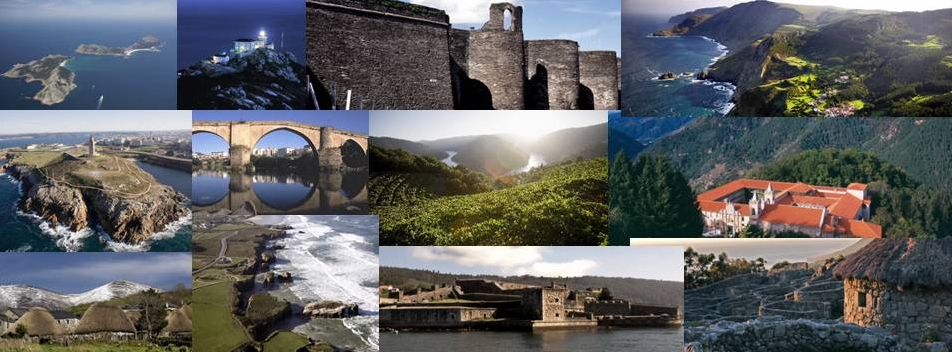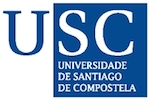
IbPRIA 2015 will take place in Santiago de Compostela, the administrative, social and commercial capital of the Autonomous Community of Galicia (Spain); declared a World Heritage City by UNESCO thanks to its multicultural nature and as the final destination of a thousand-year-old pilgrim route: the Way of St. James, which, since the 9th century, has transformed this finis terrae into a meeting place of Western faith and thinking.

Santiago de Compostela is a World Heritage City, pilgrimage destination, cultural capital and example of historical, urban and environmental regeneration, which attracts thousands of visitors due to its singularity. Santiago, the capital of Galicia, is also a centre of institutional services, with a privileged location on the Atlantic Axis. The city also has a deep-rooted university tradition, which supplies innovative business initiatives with technological and scientific resources.
The old city of Santiago and its grand cathedral are among the most beautiful medieval artifacts in all around the world. Santiago is certainly one of Spain's most monumental towns, with a particular architectonical style all of its own. It is as well a town plenty of life, with one of the most famous Universities and a large number of students who guarantee youthful atmosphere inbetween the historial walls.

Turismo de Galicia and Turismo de Santiago Archives
Galicia is an autonomous community in northwest Spain, with the official status of a nationality. Galicia's cultural heritage is characterised by its abundance, variety and geographical dispersion, as well as by its capacity to blend into its setting. There are numerous megalithic monuments, including cave drawings and castros (fortified settlements), and the land is also rich in Roman ruins, most notably the Walls of Lugo and the Tower of Hercules in A Coruņa, both listed as UNESCO World Heritage Sites. Beside, the Atlantic coast offers a spectacular landscape of dramatic cliffs, rocky inlets, and sandy beaches.
Gastronomy is one of Galicia's main attractions: the quality and variety of local produce, the lasting traditions and evolution while respecting the past form the basis of Galician cuisine. Local products, whether crops or livestock or, especially, from the sea, have their own special characteristics and are cooked in ways that are traditional and thoughtful, home-made, unhurried, plentiful and varied, giving rise to a special, highly-renowned and much-appreciated cuisine.

Turismo de Galicia Archive
Santiago is a very safe city, with one of the lowest crime-rates in Spain. Walking in the streets, even late at night, is very safe. There are always the hotel safe deposits if you wish to keep any valuables.
Santiago de Compostela has a humid oceanic climate, with drier summers, which guarantees mild temperatures throughout the year. The prevailing winds from the Atlantic and the surrounding mountains combine to give Santiago some of Spain's highest rainfall: about 1,545 millimetres annually. The climate is mild: frosts are common only in December, January and February, with an average of just 8 days per year, while it rarely snows more than once or twice a year. The annual mean temperature is around 15 ēC, with an average of 8 ēC in winter and a pleasant summer with temperatures ranging from 20 to 27 ēC. Temperatures under -1ēC or over 35 °C are exceptional.




